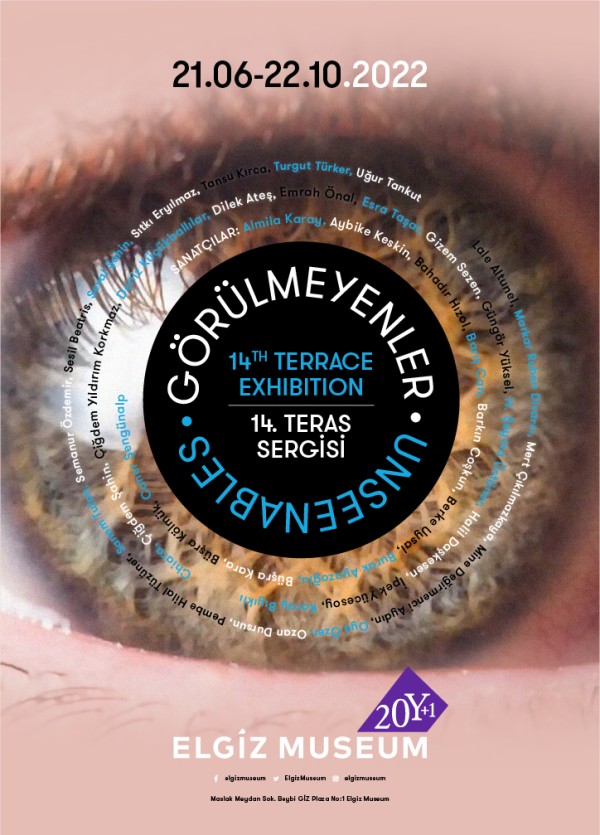



With Terrace Exhibitions, Elgiz Museum continues to host works by sculptors. This year the
conceptual framework of the exhibition, “Unseenables,” refers to a primary philosophical
concern. The relation between perceptual experiences, the most important of which is
arguably vision, and the physical world has occupied the Western philosophy for more than
three hundred years. The type of engagement called visual experience is not an independent
entity that represents objects and state of affairs. This experience allows us to perceive
objects and state of affairs directly. On the other hand, they exist independently of our
experience. When the visual perception ceases, that is when we close our eyes, they
continue to exist. In this sense, ontologically, we can talk about two elements of visual
perception: (a) ontological objectivity referring to state of affairs that we directly perceive, and
(b) ontological subjectivity referring to the results of our perceptual experience of state of
affairs. However, many philosophers from Descartes to Kant argue that the object of
perception is its subjective experience. What we see or perceive constitutes our own
personal experience which are qualified as representations, thus there is not a causal
relation between them. Nevertheless, John Searle claims there exists a causal relation
between objective reality and subjective experience. For, the light that reaches the eye is
reflected from objects, from which visual experience results. This complex philosophical
problem has driven artists to examine the visible as well as to look for reality behind. Is the
reality comprised of what we see or perceive? Constantin Brancusi, one of the most
significant sculptor of the 20th century, proposes that the reality rests in the essence of
things, rather than in their appearance, and states that his sculptures, often understood as
abstract, actually reflect the most real, whereas today we mostly believe the biological
function of our visual experience provides us with tangible information about the true physical
world. Besides, another feature of visual experience is being here and now by definition.
What we see, eyes open in broad daylight, does not depend on us; we are forced to see
what is here and now. What about that we don’t see, we fail to see, the Unseenables? In
order to see what is behind, we need to turn our head or body towards our back. Unless we
turn our vision in that direction, we fail to see there.
The Unseenable is where we don’t look at and pay attention, which does not mean they don’t
exist. We are only capable of seeing what is here and now so long as our vision is upon
them. Sometimes seeing might not suffice. For example, when we look to the stars in night
sky, what we perceive to be (t)here and now is probably gone millions of years ago, although
we see them as if they were (t)here now. Visual experience, called vision, is a representation
of the reality surrounding us that assumes continuity. So long as our eyes are open, we see
the surrounding world merely thanks to the touch of light. Then merely changing the direction
of our sight can make visible what we don’t see and know, the “Unseenables”. In this
exhibition, thirty-seven artists, whose works have been elected to be displayed on the
terrace, invite us to see what we don’t see, and fail to see, addressing the Unseenables
instead of those that are invisible.
-Ömer Emre Yavuz

